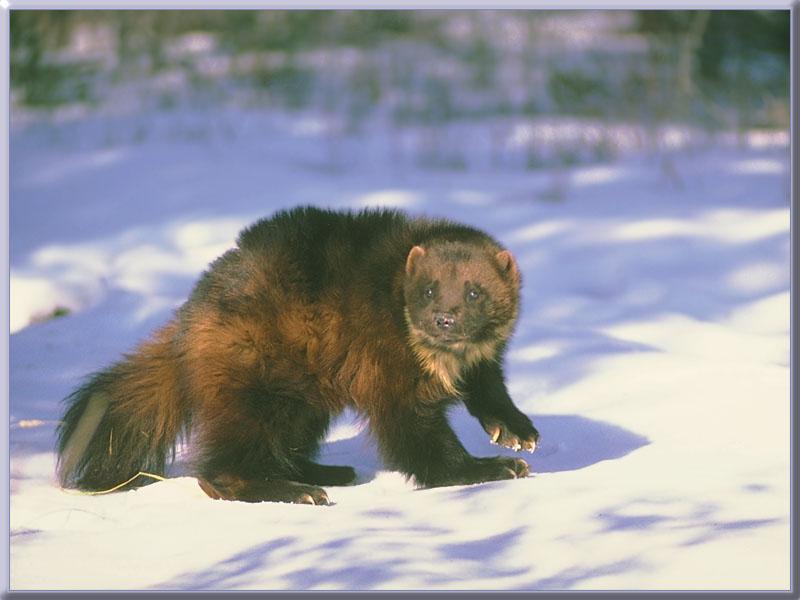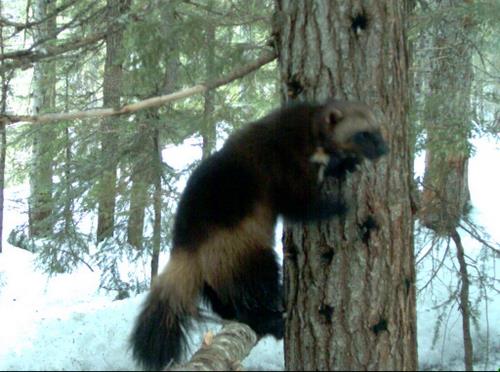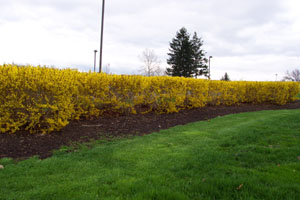In case you don't know what I'm talking about, here's a cartoon where I definitely remember the song being used. The cartoon is called I Gopher You:
The song appears in bits and pieces, beginning around 1:48. The gophers' names, by the way, are Mac and Tosh.
- The song is called "Powerhouse." It was written in 1936 by a jazz composer named Raymond Scott.
- The song has two parts that are very distinct from each other. Part A is the frantic running-around part. Part B is the more methodical part with a jazzy saxophone over it.
- Scott never intended this song to be used in cartoons. He was the pianist in his jazz band the Raymond Scott Quintette (sic). "Powerhouse" was one of the songs he wrote for his quintet.

Raymond Scott in the CBS studios in 1937, a year after he wrote "Powerhouse."
(Photo from raymondscott.com)
- In 1943, Warner Brothers bought the rights to his music. That included "Powerhouse" as well as lots of other songs of his. Carl Stalling, the music director for Warner Brothers, was a particular fan of Scott's music, and he used it in many of his cartoons.
- Warner Brothers cartoons where this song was used however briefly, in chronological order. (I've looked up some of them and provided links to the cartoons for you. If there's no link, that doesn't necessarily mean there isn't a video of the cartoon online somewhere; it only means I didn't look it up.)
- Falling Hare (1943)
- Gripes (1943)
- Hiss and Make Up (1943)
- An Itch in Time (1943)
- Porky Pig's Feat (1943)
- Puss 'N Booty (1943)
- Rumors (1943)
- Spies (1943)
- Birdy & the Beast (1944)
- The Chow Hound (1944)
- I Got Plenty of Mutton (1944)
- A Lecture on Camouflage (1944)
- Little Red Riding Rabbit (1944)
- The Old Grey Hare (1944)
- Swooner Crooner (1944)
- Coming Home (1945)
- Trap Happy Porky (1945)
- Baby Bottleneck (1946)
- The Great Piggy Bank Robbery (1946)
- The Mouse-merized Cat (1946)
- The Upstanding Sitter (1947)
- House Huntin' Mice (1948)
- It's Hummer Time (1950)
- Early to Bet (1951)
- The Fair Haired Hare (1951)
- The Hasty Hare (1951)
- Oily Hare (1951)
- Cat-Tails for Two (1953)
- Design for Leaving (1953)
- I Gopher You (1954)
- Wild Wife (1954)
- The Hole Idea (1955)
- Jumpin' Jupiter (1955)
- Rocket Squad (1956)
- There They Go Go Go (1956)
- Yankee Dood It (1956)
- Mouse on 57th Street (1960)
- Compressed Hare (1961)
- Sheep in the Deep (1962)
- Quackbusters (1989)
- Invasion of the Bunny Snatchers (1991)
- The song has been used in other cartoons as well, including:
- The Simpsons (And Maggie Makes Three)
- Animaniacs (Toy Shop Terror)
- Ren & Stimpy (Big Baby Scam; Doubleheader; Mad Dog Höek)
- Duckman (Aged Heat 2: Women in Heat).
- Toy Shop Terror was actually written for the song. The Cartoon Network has also used "Powerhouse" as its theme song for a number of years.
- Neither Scott nor his wife ever watched cartoons.
- "Powerhouse" was also used in Honey, I Shrunk the Kids. Actually, the film's composer inserted bits of it into his score without permission and without crediting Scott. After being threatened with a copyright infringement lawsuit, Disney agreed to pay an undisclosed amount to Scott's estate in a settlement.
- The Canadian rock band Rush also used the music in their 1978 song "La Villa Strangiato." They, too, had to pay royalties after the fact.
- Apparently, as of 2003, the song entered the public domain. But you might want to double-check that before you go using it willy-nilly.
- After Scott left his 1930s quintet, he went on to collaborate with all sorts of musicians and other folks, including Dorothy Collins, Berry Gordy, and Jim Henson, with whom he wrote a number of experimental films, and a commercial for Bufferin aspirin.
- A graduate of Juilliard who believed strongly in improvisation and also a graduate of a technical high school who loved electronics, Scott was also an inventor of all sorts of musical equipment and instruments to create new sounds.

This was Scott's "wall of sound," 6-foot by 30-foot electro-mechanical sequencer that used various timing solenoids, switches that operated relays, tone circuits, and 16 oscillators. It produced its own music, but if you stood close to it, you couldn't hear the music it made over the clicking and clacking of the machine itself.
(Photo from raymondscott.com)
- The guy who invented the Moog Synthesizer, Bob Moog, met Raymond Scott in the 1950s.
- Moog was very impressed by Ray's recording studio and his extensive shop which was "the size of a football field." Not just a hundred yards long, it was two floors connected by an elevator. The first floor was a machine shop with all sorts of drill presses and machine tools. The second floor was his wood-working shop which had five lathes, among other things. He also an electronics assembly room, about the size of a barn, with all sorts of spare electronics parts.
- Some time after Moog visited, Scott sent him an instrument that combined a keyboard with an electronic circuit, which Scott called the Clavivox. It was very similar to an analog synthesizer that Moog invented, but not until several years later, in the 1960s.
Raymond Scott was definitely in the forefront of developing electronic music technology, and in the forefront of using it commercially as a musician. He foresaw the use of sequencers and electronic oscillators to make sound — these were the watershed uses of electronic circuitry. He didn't always work in the standard ways, but that didn't matter because he had so much imagination, and so much intuition, that he could get something to work. And do exactly what he wanted it to do. (Bob Moog)

Scott leaning on his Clavivox, in front of his wall of sound.
(Photo from the Raymond Scott Archives, sourced from Animation World)
It seems quite fitting that one of Scott's lasting contributions was a piece of music that sounds as mechanical as all the gizmos that he liked to play around with.
You can buy the mp3 of "Powerhouse" from Amazon for $0.99
Or you can purchase it as one of several songs on this CD. In this version, "Powerhouse" sounds much more 1930s-ish, not the sleek, polished up arrangements used in the cartoons.
The song and the album are also available on iTunes.
Sources
Anonymous response to old cartoon music, The Soundtrack Collector, January 28, 2004
RaymondScott.com, Other cartoons using his music, Memories of Raymond Scott by Bob Moog
Irwin Chusid, Raymond Scott: Accidental Music for Animated Mayhem, Animation World Magazine, July 1999














